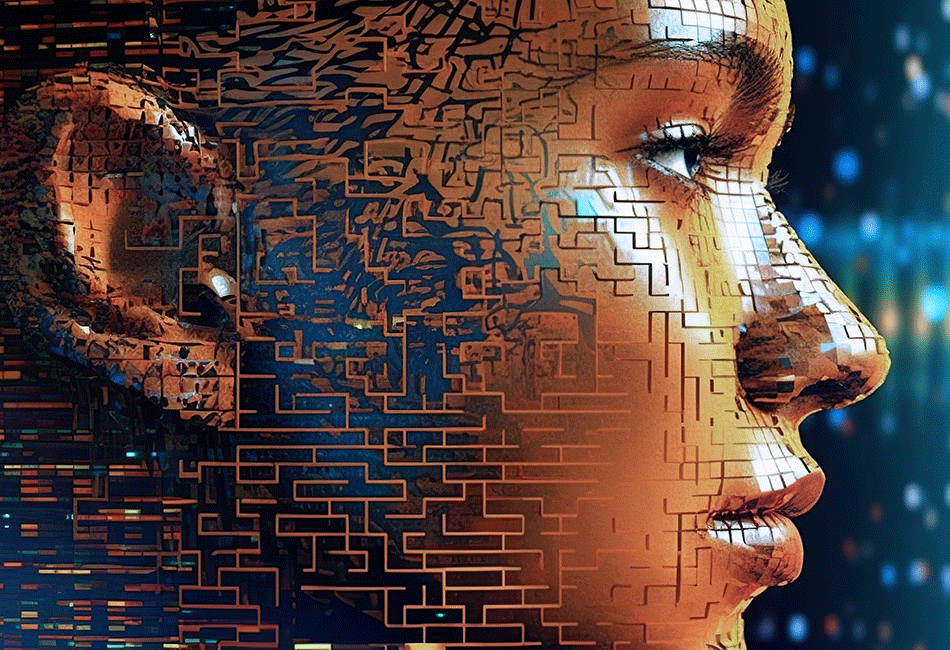In the past few years, leading research coming out of Finland regarding artificial intelligence has led the way in applying groundbreaking technology to imbue computers with the power to not simply identify but to properly respond to human emotions. This significant milestone integrates the psychological ability of the computer with a numerically advanced framework finely tuned to identify and recognize any possible human emotions, from happiness to irritation, including boredom, anger, despair, and anxiety.
This discovery will have huge effects, advancing a future whereby intelligent technologies are sensitive and able to preemptively perceive and adapt themselves based on human emotional cues. The integration of such advanced emotional models within the AI system would surely bring the gulf between computational capabilities and nuanced human complexities closer to a harmonious fusion, and machines would too. This integration is expected to raise user experience to new levels regarding intuitiveness and satisfaction.

According to Associate Professor Jussi Jokinen, an eminent researcher in this leading-edge research, emotional intelligence can turn interactions spanning from the professional environment to the social media platform. It could, in this case, transform computers into empathetic copartners in human-computer interaction, basically transforming ways people interact and derive key benefits from their lives with this technology.
The work by these Finns is just a moment in the breakthrough in artificial intelligence, setting emotional intelligence as one of the building blocks for this important development. As these capabilities evolve, they hold enormous potential to redefine interactions with technology in society by moving into a future where AI systems become an empathetic companion rather than just tools in the human experience.
Also Read: How does the new process store CO2 in concrete while strengthening it?
Furthermore, that is where the growth of technology for emotional intelligence emerges: a convergence at the boundary of psychology, computer science, and cognitive neuroscience. Knowledge obtained through the understanding of human emotional behavior has been transformed into computational algorithms that have facilitated a revelation of hitherto science fiction-like capabilities in the context of AI.
The development of AI emotional intelligence, still in its nascency, started with the need for foundational research into the mechanisms of intricate human emotions. That supposes consideration not only of the outer manifestations of feelings but also of the deep physiological and cognitive mechanisms underpinning the emotional experience.
Besides, considering the ethical dimensions related to integrating emotional intelligence into AI systems, there have been numerous deep discussions among the academic and technological fraternity. Issues related to privacy, consent, and proper use of data extracted from emotions have led to the formulation of stringent guidelines and frameworks by researchers for the ethical development of AI. Such programs are designed to ensure the responsible and transparent deployment of emotional intelligence technologies that people can trust in a digital age.
Looking towards the future, human-embedded emotional intelligence in AI seems to have ramifications across sectors in society. In other words, AI-based tutoring systems, in their capacity within an educational context, might offer their teaching strategies by using students’ emotional states in setting forth a more personalized and supportive learning environment. By embedding emotional intelligence, AI assistants might understand the patient, be empathetic in support, and thus enhance quality care and emotional well-being in the sector.
For instance, in customer service and marketing, Emotionally Intelligent AI could be about the development of AI systems that understand and respond to customer emotions, which will change the interaction of business with clients to make it so much more meaningful and enriching for superior customer experience. In other words, AI will be virtually emotionally intelligent in social media and entertainment for deeper, true interaction and stronger bonds and user satisfaction.
But, beyond facile practical applications, such development in the emotional intelligence of AI talks about deeper philosophical questions, pointing to findings in the nature of human-machine relationships and the boundaries of artificial sentience. As AI systems increase expressiveness in human emotion simulation and response, society might have to face questions related to identity, empathy, and treatment of artificial entities.
It is emotional intelligence in AI that takes the quantum leap forward into the future, enhancing these systems so that they can relate with humans at much deeper and even intuitive levels. Beyond algorithmic and data-processing technical complications, EI will make AI capable of sensing and understanding human emotions and reacting to them—an important element in human communication and interaction that so far has remained beyond the abilities of machines.
While the development of EI in AI may enhance the efficiency of automated systems, it will play a principal role in changing the nature of human–machine interaction across sectors, extending to education. For instance, AI tutors, equipped with EI, are able to adjust their teaching styles according to the feelings of the student, thus making the learning or teaching process more personalized and motivating to the learner concerned. Such an approach will improve not only the educational outcome variables in general but also lead to a more positive and motivating atmosphere of learning.
The integration of EI in AI-powered virtual assistants harbors great potential in healthcare to change the delivery of patient care. Imagine something like a virtual assistant, which with telehealth consultations, can detect slight changes in the emotional state of a patient and display empathetic responses to support the patient without the clinical diagnosis. This would definitely give a lot more patient satisfaction and overall well-being, especially where emotional support is as crucial as the medical treatment itself.
This would spell a whole new dimension in user experience for customer service across retail and hospitality to many other sectors. Armed with the instantaneous capacity for sentiment detection and actions towards the message being passed across, AI-driven customer service professionals shall go ahead into making their interactions tailored to individual needs and demands
Critical ethical considerations arise in the development and deployment of emotional intelligence in AI systems. As these technologies get better at reading and properly reacting to human emotions, questions on data privacy, consent, and responsible use of emotional data arise. Strong ethical frameworks and guidelines will be necessary to ensure that these technologies are developed and implemented with respect to user autonomy, confidentiality, and the ethical standards for fairness and accountability.
The emergence of EI in AI also triggers much larger philosophical reflection on the very essence of consciousness and empathy, and just where the borders of artificial intelligence can actually go. With greater sophistication of emotional capabilities in AI systems, society may be called to face very deep questions about the ethical treatment due to intelligent machines, including all its consequences for human identity and interpersonal relationships.
This finally arrives at the conclusion that infusing emotional intelligence in artificial intelligence is a breakthrough in the technological evolution. As we sail through the threats and opportunities that EI in AI might bring, it is high time to inculcate ethical principles more than ever and underscore the values of interdisciplinary collaboration and effective dialogue so that these technologies remain at the service of the best interests of humankind and with positive contributions toward our well-being in a digitally connected world.
Source: SciTechDaily
Read More News Here

